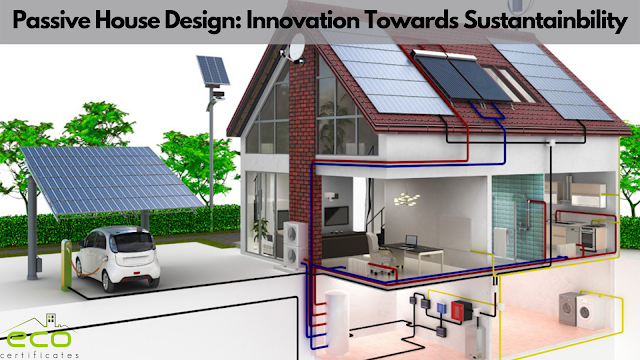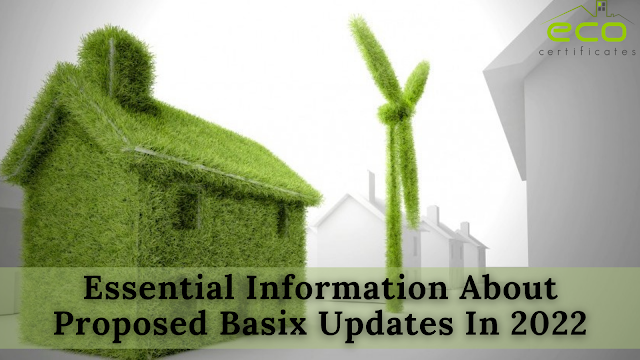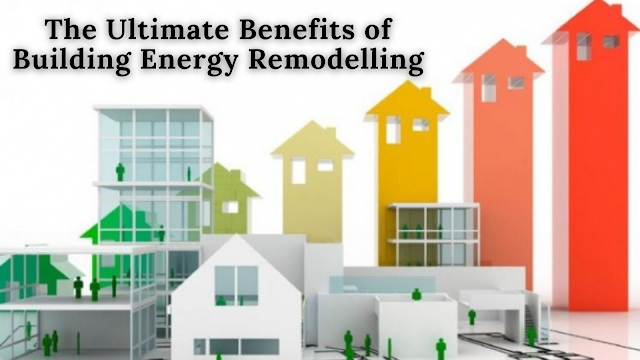NABERS Rating For Office Buildings: A Quick Guide

Every day we hear the alarming news of rising water levels, increasing temperature, depleting ozone layers, etc. Wondering what's the connection of the building sector with these hazardous environmental impacts? The Australian commercial building sector contributes to around 25% of overall electricity usage and 10% of total carbon footprints in the country. According to the UNEP Global Status Report , emissions savings from sustainable buildings are predicted to be as much as 84 gigatonnes of CO2 (GtCO2) by 2050 through direct sustainability measures, including energy efficiency, fuel switching, and the use of renewable energy. And therefore, commercial building developers can contribute greatly to a sustainable future. Not just that, the sustainable building demand and industry are growing exponentially. Eco-friendly buildings save money on energy bills, reduce the emission of greenhouse gasses, and help owners and renters reflect an environmentally responsible image...





